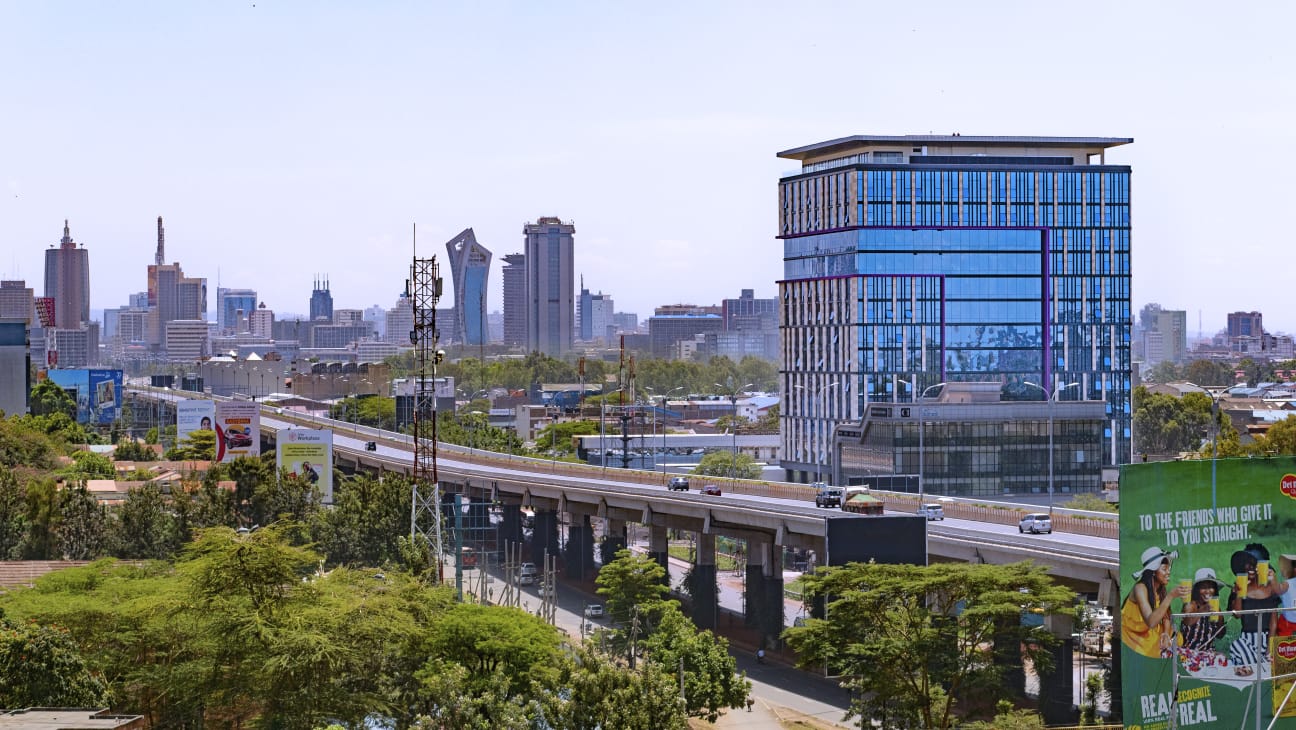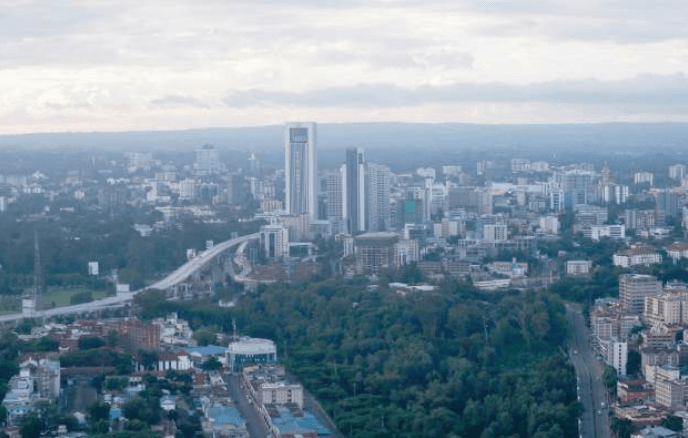
Investors in Nairobi’s property
sector are rethinking traditional real estate models amid an oversupply of
office and commercial space.
Basic buildings with standard
amenities and uninspired architecture are increasingly struggling to attract
tenants.
In a market defined by competition,
developers are now incorporating smart and sustainable features in a bid to
differentiate their properties and offer tangible value to tenants.
Outdated office blocks are losing
their appeal as demand grows for innovative, efficient developments.
Joseph Ngure, a Nairobi-based estate
agent, says the past decade has marked a shift in developer priorities.
“The trend has changed dramatically. Today’s
developers are designing experiences. The goal is no longer to merely fill space,
but to retain tenants by reducing their operational costs and enhancing their
day-to-day convenience,” he said.
He notes that green technologies are
gaining ground in Nairobi’s mid- and high-end property segments.
Features such as energy-saving
lighting, solar panels, rainwater harvesting, greywater recycling, and climate
control systems are becoming standard.
Beyond cost-cutting, modern
conveniences like high-speed internet, biometric access systems, and
sustainable materials are increasingly part of new builds.
Smart infrastructure is no longer a
luxury but a necessary component in Nairobi’s evolving property landscape.
The recently completed Purple Tower
along Mombasa Road is one example of this trend. The 14-storey building
includes a mix of office spaces, showrooms, and retail areas.
According to Amrish Shah of Urban
Green Consultants, a firm that advised on the project, the building is expected
to achieve significant reductions in energy and water consumption as well as
embodied energy. It incorporates features aimed at improving functionality
while keeping operating costs down.
Bharat Kerai, the project lead, said
the decision to focus on energy-efficient technologies was informed by current
market realities.
“The real estate landscape in Nairobi has
changed. Tenants are more discerning as they want value, sustainability and
long-term savings. We had to go back to the drawing board,” he said.
Kerai said the design approach
included removing traditional finishes and installing smart systems to manage energy
and water use more efficiently.
These include thermal glass,
low-flow plumbing, and energy-efficient lighting.
Sustainable materials, many sourced
locally, were used in construction to reduce the building’s carbon footprint.
According to Kerai, businesses now
place importance on sustainability not just for cost savings but for brand
alignment and corporate responsibility.
“Occupying space in a certified
green building sends a message about your values as a company,” he added.
As the market continues to evolve,
developers who fail to adapt may find themselves edged out by those who offer
smarter, leaner, and more responsive spaces that align with emerging tenant
expectations.











